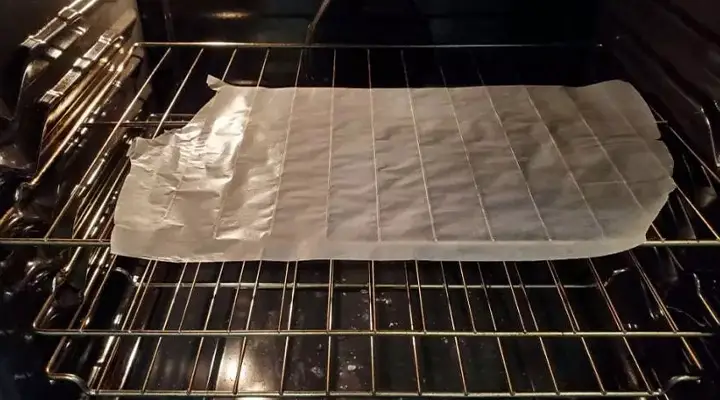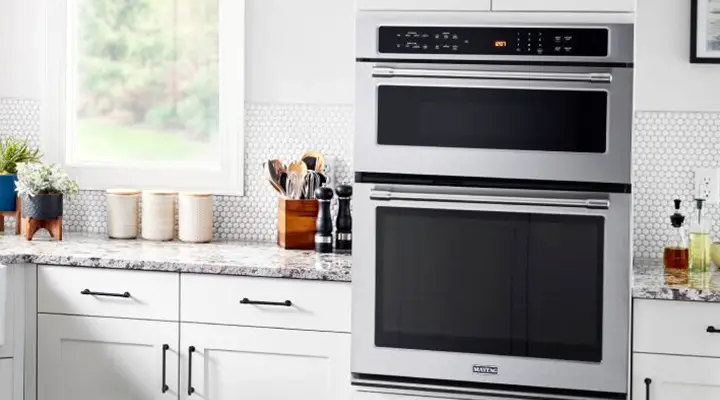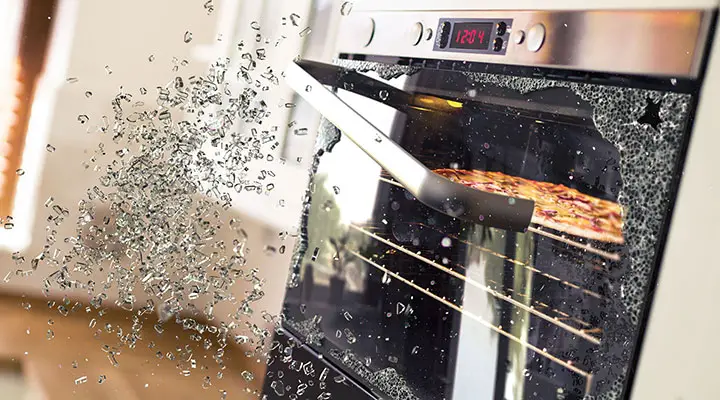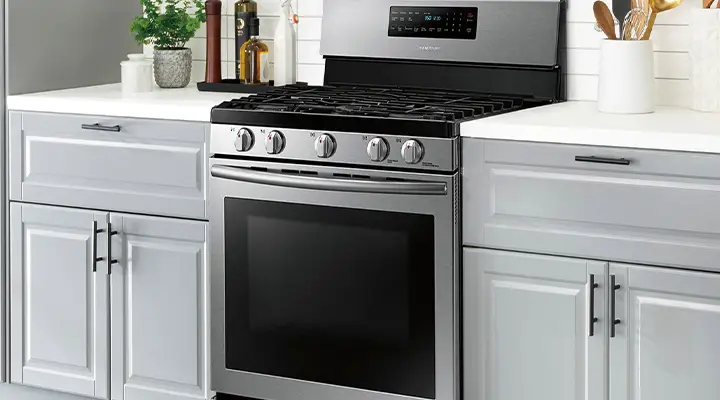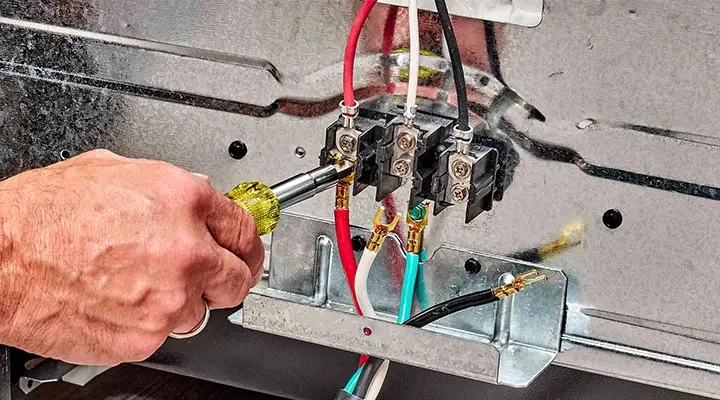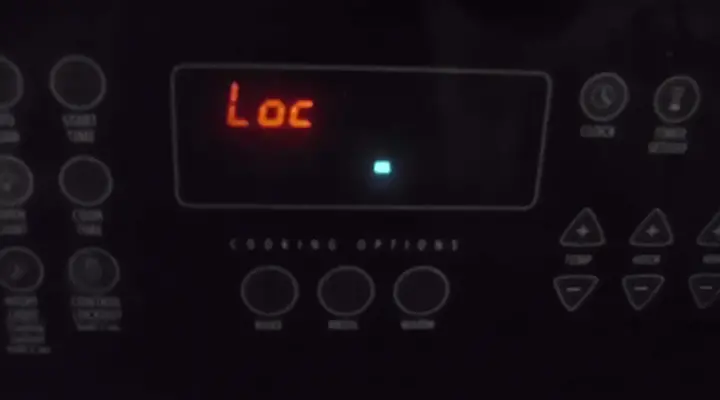How To Fix Orange Flame On Gas Oven and What are the Reasons
Are you having trouble with an orange or yellow flame on your gas stove? You’re not the only one who feels this way. A yellow flame on your gas stove might mean a few things, but none are pleasant. We’ve looked at why an orange flame may be appearing and some easy fixes to help you cure it. Let’s get started if that sounds interesting.
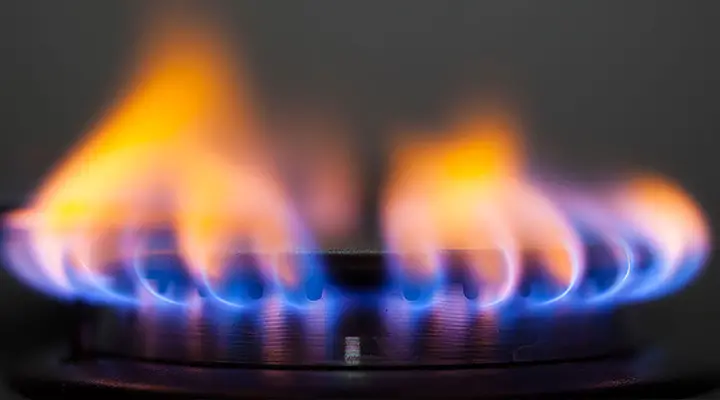
Why the Orange Flame in Gas Oven
Let’s look at what’s creating that orange flame, beginning with-
Clogged Burner Orifices
Remember that incomplete combustion creates soot that adheres to the burner orifices and any other surfaces. Soot cakes accumulate in the orifices of gas stove burners, obstructing the appropriate air passage. Burning soot gives forth a brilliant orange glow.
Wrong Orifices
Different air and fuel mixture ratios are required to fuel carbon fuels used in gas stoves fully. For example, natural gas will require more air than liquid propane. If your new burner produces an orange flame, it suggests you put the air shutter incorrectly, or the burner you bought is not compatible with the gas stove.
Food Spillage
When food and drink are left unattended, they may flow over the pot and onto the burner. We’ve all experienced milk pouring when we least expect it! Food particles might cause a bright yellow flame to appear on your gas stove burner.
How to Fix An Orange Flame On Your Gas Stove
There is no need to be alarmed about the orange flames coming out of your gas stove oven. Mainly because the orange flame is not hazardous itself, and it is threatening but also very easy to fix. Let us see how we can solve this problem all our own just by reading through this article.
Clean Your Burners
Due to the combustion, dust accumulates and blocks the small pores in the gas stove burner, necessitating comprehensive cleaning. Clean the whole gas burner completely, ensuring no obstructions in the openings or the igniter.
Clean the burners thoroughly to eliminate any garbage or food particles. Cooking splatters such as oil, milk, and other food traces burn on the gas stove burner, rendering the flame yellow.
Because cleaning and maintaining the gas stove necessitates tampering with its components, it’s important to remember to replace each one in its right area, as the wrong component placement might change the flame color.
Appropriate orifices
Natural fuels don’t need the same amount of air as conventional fuels. Because liquid propane takes more air to burn than natural gas, be sure your burner has natural gas orifices. Also, adjust the brass aperture and the valve that regulates gas pressure.
Proper Ventilation
Due to an unequal air-to-fuel ratio, which is most commonly caused by poor ventilation, the flame on the gas stove burner may shift from blue to yellow. Inadequate airflow in the kitchen can limit the quantity of air available to the stove due to competition for oxygen between the stove and humans, resulting in incomplete combustion and the risk of hypoxia.
It is preferable to open all air inlets, such as doors and windows. Position the air shutter to enable enough airflow if the problem is with the burner.
Humidifiers
Humidity is good for your health since it keeps your skin hydrated and decreases the symptoms of sinus infections. Using a humidifier with a natural gas stove, on the other hand, is not suggested since it interferes with proper combustion, resulting in yellow flames. Turn off any humidifiers in the vicinity of the gas stove burner, such as in the kitchen, until you are ready to use the stove.
Dismantling And Reassembling The Gas Stove
This approach worked in some situations, so it’s worth a go. Start by removing the top grate and lifting the stove’s top to gain access to the burner pipework. The air shutters are generally plates or tubes concealing the burner’s air vent. They are normally found behind the gas valves.
To unscrew the shutter, use a screwdriver. Light the burner and gradually adjust the air shutters until a full blue flame appears. Finally, tighten the screws and reinstall the cooktop and top grates after turning off the burner.
Frequently Asked Questions
How Do I Fix A Yellow Flame In A Gas Oven?
Yellow light from your gas burner might indicate that your oven or gas burner is not getting enough air for complete combustion of the gas. Try correcting this issue by adjusting the air shutter of your burner. If you can admit more air, you will have your problem fixed. This is very easy to do all by yourself; just ask google. Your fire will turn blue if you do this correctly, your fire will turn blue, meaning the airflow is perfect.
Why Is My Gas Stove Burning Orange?
Your burner or gas stove is burning orange because it lacks the proper airflow. This makes the blue fire turn orange or yellow and a wavy flame. This issue with airflow may lead your gas stove to release more CO than it normally would.
How to Adjust The Flame On A Gas Oven?
You can adjust your gas oven flame manually if you think the flames are too high. Follow these steps, and you can adjust the flame,
- You should light all of the surface burners.
- Turn the knob on the burner that has been set to Low.
- Unplug the knob from the oven.
- Insert a tiny screwdriver with a flat blade into the valve shaft.
- To regulate the flame, turn the valve.
- Remove the knob and replace it.
Should A Gas Oven Glow Orange?
The glow-bar igniters on both oven burners emit an orange light when the oven is turned on. These igniters will cycle on and off to keep the oven temperature stable. The orange light is a common oven condition that is frequently mistaken for a flame.
Conclusion
A yellow flame signals poor gas combustion; however, it will only pose a safety risk if proper cleaning and maintenance procedures are not followed. Soot accumulation in the burner portholes, insufficient air supply, cooking spillovers, wrong orifice installation, and excessive humidity are all causes that lead to the yellow flame.
The orange flame indicates that you should clean your gas stove, a simple DIY chore. Before reassembling the stove, remember to clean the orifices, clean the burner, switch off the humidifier, adjust the air shatter, and dismantle the complete stove. If you’re not confident in maintaining your stove, hire an HVAC professional.

